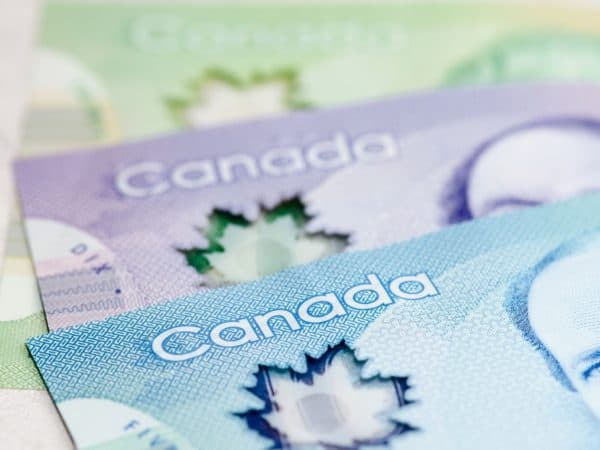Why Canadians shouldn’t worry about currency fluctuations

 Currency fluctuations can bedevil the investor like nothing else, but fear not, the impact over the long haul may be a lot less than you think, according to a new investment report.
Currency fluctuations can bedevil the investor like nothing else, but fear not, the impact over the long haul may be a lot less than you think, according to a new investment report.
Limiting the damage from currency fluctuations is a going concern for investors with even small amounts of foreign exposure — and that includes all of us banking on FANG stocks to keep our portfolios humming. A rise in the Canadian dollar can significantly cut into your gains, as witnessed this year when the dollar rallied from a low of 72.7 cents against the US dollar in May to a high of 82.6 cents by September.
But the effect of such ups and downs especially for long-term investing is really not so large, according to a new report by infographics company Visual Capitalist in conjunction with Fidelity Investments. The report shows that over the 20-year period between November 1997 and November 2017, the impact of currency fluctuations on US investments resulted in a difference in annualized returns of only 0.5 per cent.
“U.S. dollars invested in the S&P 500 had a 7.2% return [between 1997 and 2017], while Canadian dollars invested in the same stocks had a 6.7% return after adjusting for exchange rates,” reads the report.
In the shorter term, there are ways to mitigate the damage, first and foremost through currency hedging mechanisms such as forward contracts. Often already built into mutual funds and ETFs, the investor will find that hedging offers both pros and cons, with the upside being the protection against losses (in our case, due to a rising Canadian dollar), while the downside involves the costs and expenses associated with hedging, some of which can seriously eat into any profits you’re making on those foreign companies.
Hedged versus non-hedged funds is always a choice to be made, and as hedging itself involves a bit of guesswork on where currencies are headed, the process is rarely spot-on. And as investments are always impacted by a number of factors, with currency fluctuations being just one of them, trying to figure out whether or not to hedge is difficult.
For comparison’s sake, here is a look at two ETFs, the currency-hedged iShares Core S&P 500 Index ETF (XSP-TSX) versus the non-hedged iShares Core S&P 500 ETF (IVV-NYSE), presented by Justin Bender of PWL Capital to the Globe and Mail. Over the period between 2006 and 2011 when the U.S. dollar fell by 12.8 per cent against the Canadian dollar, the thought would be that the hedged fund would come out on top, but in effect, both ETFs returned minus 0.1 per cent annualized in Canadian dollars over the period, even as the S&P showed an annualized return of 2.3 per cent in US dollars over that period. “In theory, this time period would have been ideal for investing in U.S. currency-hedged ETFs,” says Bender.
The general consensus? While they look like the kind of trouble that requires your attention, the fact is that over the long term currency fluctuations tend to even out, making them less of a worry in hindsight than you might have thought.

